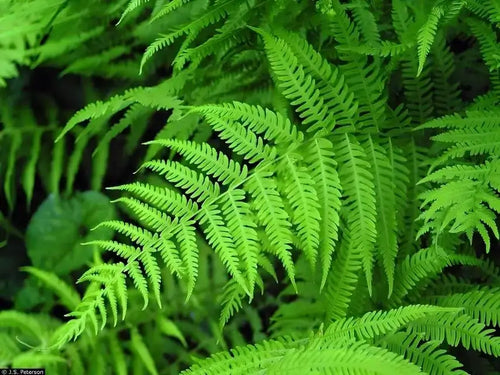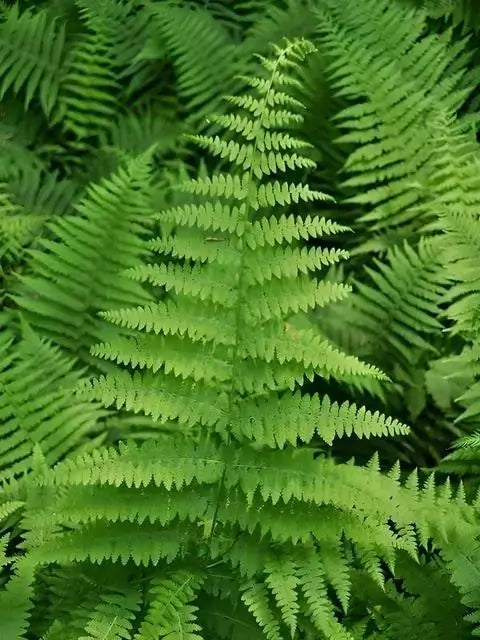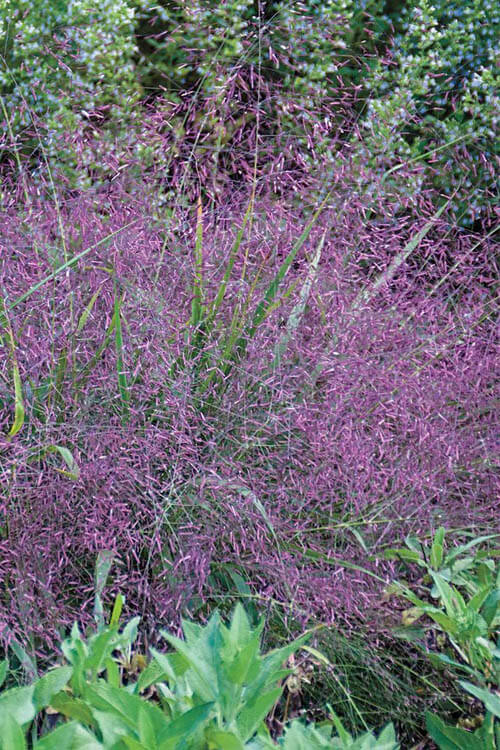Are you in search of ways to improve your garden? Are you trying to figure out which plants make the most design statement at the borders of garden beds? Consider adding New York ferns! These beautiful, lacy plants attract attention and add exciting patterns and texture to any garden. And not only that, they're easy-to-maintain perennials that require little maintenance once established.
Furthermore, their capacity to thrive in shaded places makes them among the most beautiful border plants. If you plan to plant a foundation or line a walkway or seating area, These ferns are guaranteed to provide beauty and elegance wherever they move!
They are plants that don't possess flowers. They generally reproduce through the production of spores. Like flowering plants, they have stems, roots, and leaves. But unlike flowering plants, they don't contain seeds or flowers. Instead, they reproduce sexually through tiny spores. Sometimes, they also produce vegetative, as illustrated by the fern that walks.
The ferns have been loosely linked with other vascular plants that produce spores commonly called "fern allies ."Recent genetic studies provide surprising information regarding the connections between Ferns and fern allies. The first is that ferns seem as closely related to horsetails. Horsetails are now classified as ferns. In addition, the plants often referred to as "fern allies," club mosses, and quillworts are not related to ferns.
Identification: New York Ferns
New York Ferns are medium-sized deciduous ferns that have green fronds that are yellow. They can grow from one to two feet tall and are clumped together between two and three feet wide. It is known as the New York Fern and typically forms large colonies covering forest floors. The fern isn't evergreen. Its fronds become golden brown in autumn and fade when it gets colder.
The most important clue to identifying this fern is its blade's form (the leafy part of the frond). While most ferns have triangular edges, the New York Fern's edge is most significant in the middle, tapering sharply at each end. Most miniature leaflets (pinnae) are tiny and appear near the base of the frond close to the Rhizome. This characteristic has led to a popular method to recall the fern "New Yorkers burn the candle at both ends" about the frantic life of New York City.
The stipe (the stalk beneath that blade) is relatively small. The perennial, which is native to forests of New York state, has distinct frosts. It has a triangular blade-like appearance that is the largest in the middle, and it narrows sharply at both ends. This plant has lance-shaped fronds with tapering tips. It grows up to 2 feet in width and has small leaflets at the base. It can grow to a height of around 3 feet.
It is clear that the crown of the root system of the fern is present on the leaves, as well as the dark brown coloring of the roots. Glossy, vibrant green leaflets arrange themselves in groups. These often grow in gardens as ground cover but only reach the size of 1 to two feet.
The plant thrives within a climate range from five to eight and can grow in the shade. It is also able to grow in sunny regions. They are incredibly easy to cultivate. It is not necessary to fret about the weather. The plant is durable and can stand up to harsh weather conditions. It is possible to purchase this plant at a price as low as $1.39 and enjoy the delights of planting this plant in your yard. This fern is less invasive than the ordinary fern.
The majority of people do not think about ferns in general. However, the plant is easy to maintain and provides a classy appearance when placed in your yard, even though most people are unaware of its existence. In contrast to other flowers in the garden, this one is less likely to be a magnet for pests and diseases.
They're also not afflicted by rabbits, squirrels, or deer making them the perfect plants for the garden. They are fast-growing and ideal for covering large areas that need some extra semblance of nature. It's as easy as it is.
Caring Tips: New York Fern
In the forests, The new York ferns grows in small ravines that are wooded and in streams. It's exceptionally tolerant to complete shade as well as mixed shade zones. The species tolerates filtered sunlight; however, you'll have the best results if planting it within the shade. It is a New York fern not particularly concerned with soil quality.
If you live in an area that receives a good amount of rain, you're accomplished after planting Parathelypteris noveboracensis. Gardeners living in hotter and drier areas are required to help with watering as needed. It loves water but does not need to sit in water for long periods. So ensure that you don't excessively water your New York fern.
You can manage the plant's growth by digging up and segregating from the new growth clumps. You can plant them in other shady zones of your yard or give them away to friends.
Wildlife Value of New York Ferns
New York Ferns appear to be of little value to wildlife. They aren't a significant food source for birds or mammals. The tiny size of the spores of ferns removes their value as a meal item. Various animal species (such as Wild Turkey and Spruce Grouse) have been reported to consume a small number of evergreen ferns (such as Christmas Fern) in the winter months when other plants with green leaves are not available. But the New York Ferns are deciduous and not evergreen, so they cannot be a food source after the fronds die in the winter weather.
Several caterpillars have been reported to consume New York Ferns. They include the pink-shaded Fern Moth (Callopistria mollissima) and American Angle Shades (Euplexia benesimilis). This Close-banded yellowhorn moth (Colocasia propinquities) is also observed eating New York Fern. Aphids (Amphorophora ampullata) are reported to suck their plant juices.
The scented Hay-scented Fern (Dennstaedtia punctilobula) is found in similar habitats and with huge colonies. Similar to the New York Fern, the fronds of its species are greenish-yellowish. However, as their name suggests, the fronds in Hay-scented Ferns emit the scent of crushed hay during the last days of summer.
In addition, Hay-scented Ferns feature triangular fronds that are the largest at the base, unlike New York Ferns, which feature fronds with the largest width in the middle. They also narrow to small leaflets towards the lowest.
It is the Ostrich Fern (Matteuccia Struthiopteris). It is found in Adirondack Park and has blades that taper slowly toward the lower part. But this Ostrich Fern is much larger than the New York Fern, growing about three to five feet tall.
Furthermore, Ostrich Fern fronds are more dramatically dimorphic, which means that the fertile fronds of Ostrich Fern are different in appearance. The fertile fronds of Ostrich Fern are significantly shorter than the sterile fronds and are located in the middle of the leaf cluster, with tubular structures that begin green and then turn dark brown.




















































